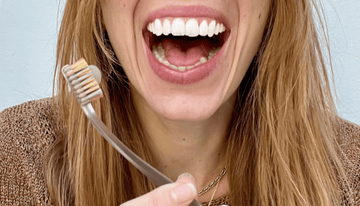Sodium lauryl sulfate – or SLS according to the English term sodium lauryl sulfate A complex and cumbersome word, as is typical in chemical jargon. And often these complex and cumbersome words do not mean nothing good. At least with this word, something is wrong – and we explain why.
Brusher, we live in times where we need to be very careful about what we apply to our skin, hair, or teeth. In fact, in many cosmetic products we find substances that, due to their harmful effects on the body and the environment they should no longer be used.
One of these substances is sodium lauryl sulfate in our toothpastes. A product with a well-defined task that produces a very specific effect.
But as often happens: there is something that doesn't quite add up one hundred percent – and we feel compelled to give you a reason why.
What is sodium lauryl sulfate?
SLS is a chemical compound that, thanks to its cleansing effect, was used in shower gels and shampoo. Additionally, it is still found today in creams and lotions where it acts as an emulsifier. Due to its antibacterial and antiviral properties, it is also added to toothpastes.
As in shower gel, toothpaste also forms the characteristic foam that is essential when we take a bath or brush our teeth. Without foam, the product is worthless – well, that's not exactly true. In fact, speaking of SLS, it would be better to avoid foam in our mouths or on our skin.
What are the negative properties of SLS?
SLS is a surfactant whose main property is to dissolve grease from surfaces. Here is why we often find SLS in cleaning products, including toothpaste. But there is a problem with surfactants: they don't just dissolve what they are supposed to dissolve – they remove all the grease they come across along the way.
This causes skin irritation because the substance degreases and dries out the skin. Redness, itching, and burning are the result.
Same story for tooth brushing. Due to SLS, small formations occur in our oral cavities white ulcers , called afte – annoying and painful.
If by any chance you are shopping and holding a toothpaste, check the label and look for the English term sodium lauryl sulfate . If you find it, put it back on the shelf. There are healthier and more eco-friendly alternatives.
Why is SLS harmful to the environment?
The environment is not harmed by minimal doses of SLS. However, if the doses increase, will affect aquatic life.
A big problem, brusher! Because if everyone brushes their teeth twice a day, high doses subsequently accumulate in the wastewater, which in turn is released into the natural water cycle.
What are the alternatives?
So it's up to you to avoid products with added SLS. Fortunately, in the cosmetic sector – unlike in the food industry – chemical ingredients must be listed by their chemical name.
So: if you find these three magic words – sodium lauryl sulfate – On the label, avoid purchasing the product. There are alternatives without SLS.
We recommend natural products such as those from promis. Our toothpastes are not only free from microplastics, but both the contents and the packaging are made of 99% biodegradable substances – they are also free from SLS.
Buy our nowSLS-free toothpaste.

